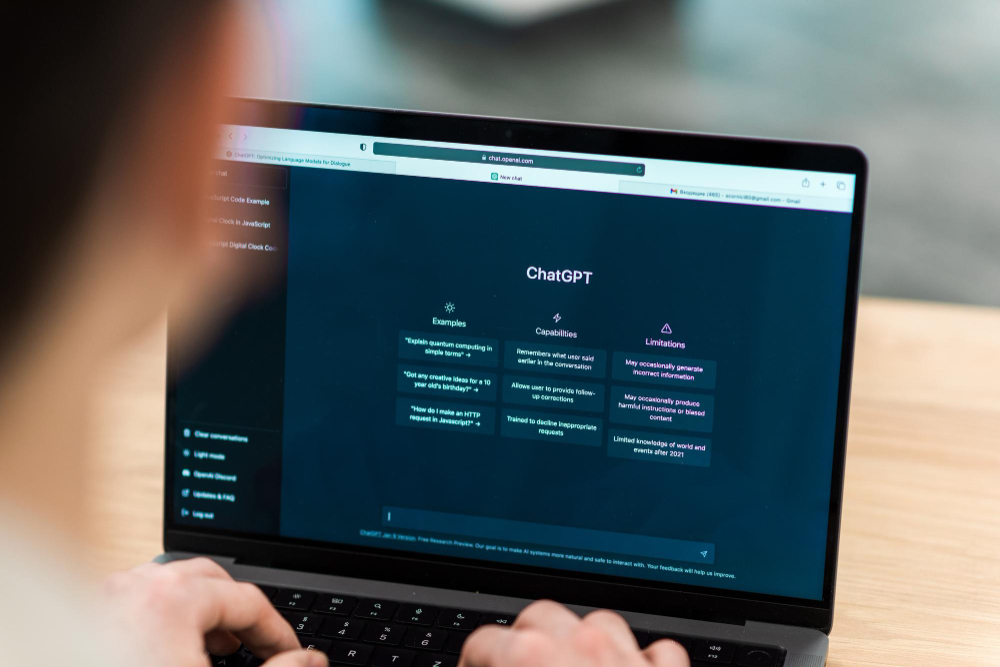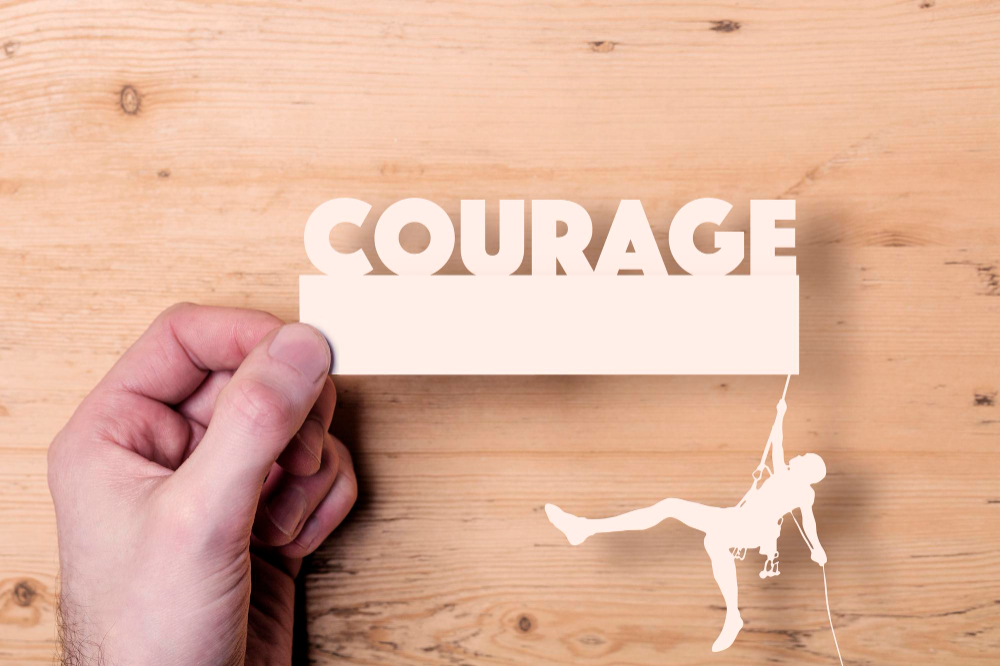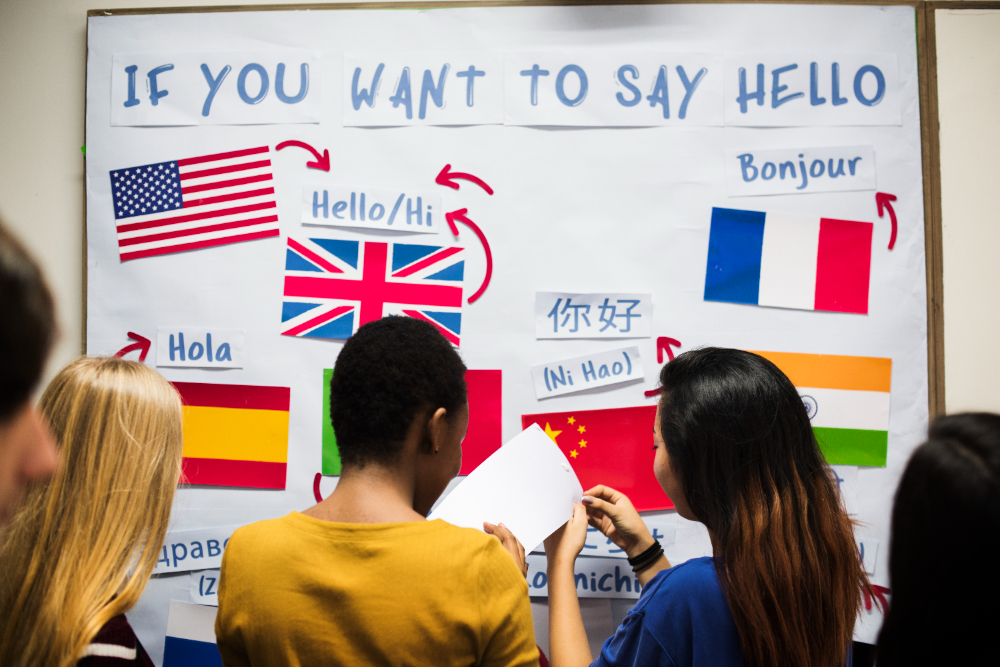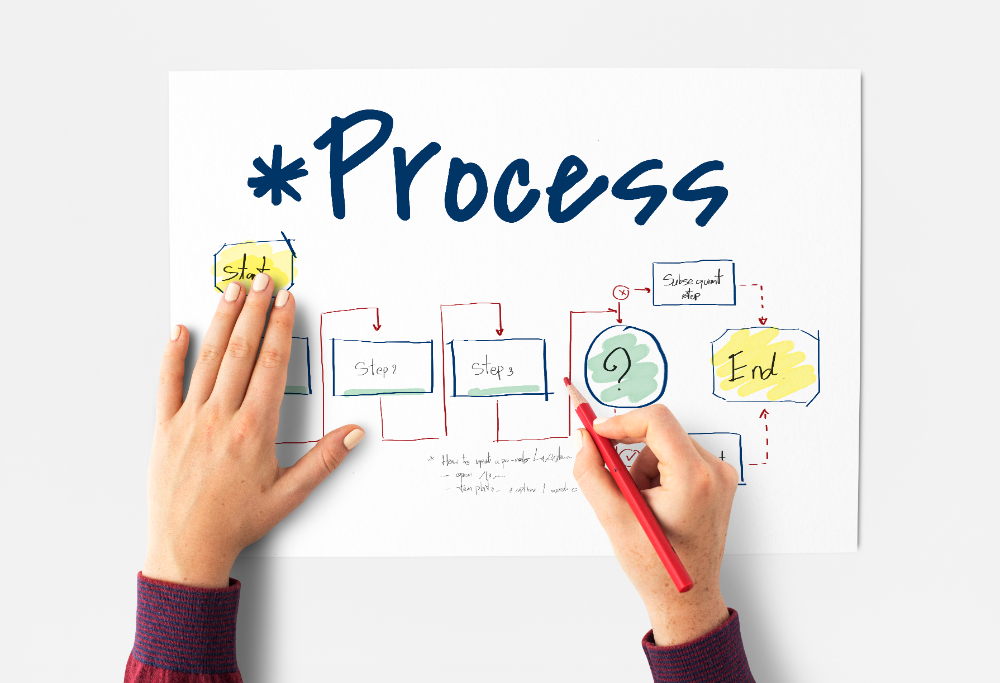Table of Contents
- The Evolution of NGO Involvement in Education
- Innovation in Educational Delivery
- 1. Technology Integration
- 2. Teacher Training and Development
- Policy Influence and Advocacy
- Partnership Models
- Impact Measurement and Accountability
- 1. Outcome-Based Assessment
- 2. Community Feedback Integration
- Challenges and Future Directions
- Conclusion
Non-governmental organizations (NGOs) are now sought as influential catalysts in transforming global education. They move beyond traditional aid models to become essential partners in learning innovations. Their evolving role represents a paradigm shift from merely providing resources to actively shaping educational frameworks and pedagogical approaches. These organizations now forge dynamic partnerships with local communities, governments, and educational institutions. They create sustainable solutions that address both immediate needs and long-term developmental goals.
NGOs are helping bridge educational gaps in both developing and developed nations. Their works cover innovative programs, technology integration and policy advocacy. Their impact extends from remote rural classrooms to urban educational policy and fundamentally reshapes how education is delivered and accessed worldwide. This transformation marks a new era in global education. This is the era where collaborative approaches and shared expertise drive meaningful change in learning outcomes across diverse communities.
The Evolution of NGO Involvement in Education
The evolution of NGOs in global education represents a remarkable transformation from basic aid providers to strategic architects of educational change. Initially they focused on providing fundamental resources like books and school buildings. NGOs have matured into sophisticated organizations that shape comprehensive educational frameworks. Their role now encompasses curriculum development, teacher training, technological innovation and policy reform.
They operate across the entire educational spectrum from early childhood to adult learning. These organizations serve as knowledge brokers bridging local needs with international expertise. This systemic approach reflects a deeper understanding that sustainable educational change requires comprehensive and culturally sensitive interventions rather than isolated solutions.
Innovation in Educational Delivery
NGOs have pioneered numerous innovative approaches to education delivery. Some of the examples are as follows.
1. Technology Integration
Organizations like Khan Academy and the Gates Foundation have revolutionized digital learning accessibility. A study by Rodriguez-Segura found that educational technology initiatives have reached over a hundred million students in developing countries. Particularly strong impacts affect regions with limited traditional educational infrastructure.
2. Teacher Training and Development
Research by Kieu and Singer in 2017 demonstrates that NGO-led teacher training programs have significantly improved educational outcomes in partner schools. Furthermore, the study emphasizes the need for NGOs to become more involved in formal education settings. They suggested that their participation could enhance the overall educational framework.
Policy Influence and Advocacy
NGOs have become influential voices in educational policy. NGO-collected data has significantly influenced national education policies in numerous developing countries. Their influence affected particularly on curriculum development and resource allocation. Moreover, Human Rights Watch (Report 2023) documents how NGO advocacy has led to concrete policy changes in educational access. They show particular success in promoting inclusive education for marginalized communities.
Partnership Models
Modern NGOs have developed sophisticated partnership approaches. The approaches recognize that sustainable educational transformation requires collaborative efforts across multiple stakeholders. These partnerships extend beyond traditional donor-recipient relationships to create dynamic networks. The networks include governments, local communities, private sector entities, and other civil society organizations.
Research by Aaref indicates that NGO-government partnerships can be beneficial in enhancing educational outcomes and addressing specific community needs. NGOs often bring additional resources and expertise which can complement government efforts. Meanwhile private sector engagement has positive results. Rights to Education Initiative (2024) reports that NGO-facilitated partnerships between schools and private-sector entities have created sustainable funding models for educational programs in developing regions.
Impact Measurement and Accountability
NGOs have pioneered new approaches to measuring educational impact. Fundamentally they transform how success is evaluated in educational initiatives. The approaches are more than traditional metrics like enrollment rates and test scores. These organizations now embrace comprehensive assessment frameworks that capture both tangible and intangible outcomes of their interventions. The frameworks include:
1. Outcome-Based Assessment
Studies by the Center for Education Innovations (2023) show that NGO-developed assessment frameworks have improved the ability to measure both quantitative and qualitative aspects of educational progress. Outcome-based assessment has evolved to include sophisticated monitoring tools. They track not only academic achievement but also crucial indicators like student engagement, teacher effectiveness and long-term educational outcomes. These frameworks help organizations better understand the full scope of their impact. Also they help identify areas for improvement and innovation.
2. Community Feedback Integration
Research by Sompron demonstrates that incorporating community feedback mechanisms in educational programs increases program effectiveness and sustainability. It needs active voices from students, parents, teachers and local leaders. NGOs create more responsive and culturally appropriate educational programs. This participatory approach ensures that interventions remain relevant and effective while building trust and ownership within communities.
Challenges and Future Directions
Despite significant successes, NGOs face several persistent challenges in their educational initiatives. Funding sustainability remains a critical concern. Many organizations rely heavily on short-term grants and donations. It makes long-term planning difficult. To address this, NGOs are exploring innovative funding approaches. They include social enterprise models and public-private partnerships.
Scaling successful programs presents another major hurdle. Initiatives that work well in specific communities often struggle to maintain their effectiveness when expanded to different contexts. Additionally, NGOs must navigate complex political landscapes, bureaucratic barriers, and varying cultural sensitivities. All must be done while maintaining program quality. These challenges call for more adaptable operational models and stronger collaborative networks between organizations.
Conclusion
As NGOs continue to evolve in their role as educational partners, their impact on global education extends far beyond traditional humanitarian assistance. Through innovative delivery methods, strategic partnerships, and evidence-based advocacy, these organizations have become integral to the fabric of educational transformation worldwide. Their ability to bridge gaps between policy and practice demonstrates the vital importance of their work in the educational ecosystem.
The challenges they face serve not as roadblocks but as catalysts for further innovation and adaptation. As looking to the future of global education, it is clear that NGOs will remain essential architects of change, working alongside governments, communities, and educational institutions. It is a forever goal to create more inclusive, effective, and sustainable learning opportunities for all.
Their journey from aid providers to strategic partners in learning represents a fundamental shift in how people approach educational development. They set the stage for continued progress in making quality education truly accessible to every learner.
































Comments are closed.